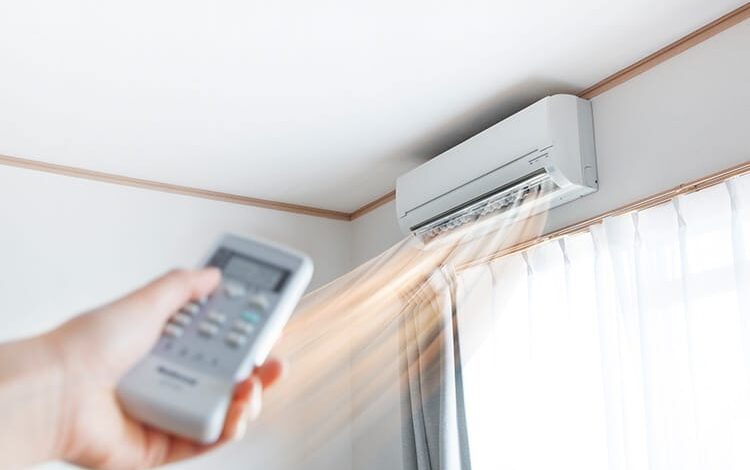What to Look for in a Reverse Cycle Split System

Last updated on July 31st, 2024 at 12:57 am
Reverse cycle split systems are a flexible and effective way to heat and cool your house. These units, also known as heat pumps, may reverse the refrigeration cycle to heat or cool your living area, allowing you to enjoy comfort throughout the year. With so many alternatives available, picking the best system can be difficult. You will be guided through the important aspects and factors in this article to help you make an informed choice.
Inverter Technology:
Inverter technology is a common characteristic in modern reverse cycle split systems. When compared to conventional units, inverter systems have the ability to regulate their output in order to keep a constant temperature. Better temperature management, quieter operation, and increased energy efficiency are the outcomes of this.
Because inverter technology lessens compressor wear and tear, it also increases system longevity. Even though inverter systems might cost more up front, they usually pay for themselves in the long run.
Size and Capacity:
It’s critical to select the appropriate size and capacity for your reverse cycle split system. A unit that is too small won’t be able to heat or cool your room as well as it should, and a unit that is too big will turn on and off a lot, which is inefficient and causes more wear and tear.
Take into account the room’s area, ceiling height, level of insulation, and the quantity of windows and doors while determining the right size. To assist you in selecting the appropriate capacity, many manufacturers offer calculations or guidelines. To make sure you get a unit that works for your needs, it’s also a good idea to talk to an expert.
Air Quality Features:
An essential consideration when choosing a reverse cycle split system is indoor air quality. To get rid of dust, pollen, and other allergens from the air, look for units with cutting-edge filtration systems. Additionally, some versions have UV filters or ionisers that help get rid of bacteria and viruses and make the home healthier.
Humidity control systems can also increase comfort by preserving ideal humidity levels. This is especially helpful in high-humidity areas where too much moisture can cause mould growth and other problems.
Noise Levels:
A major worry with certain units is noise, particularly if they are going to be placed in a living room or bedroom. Verify the external and indoor units’ noise levels. Usually, manufacturers rate the noise level in decibels (dB). Systems with indoor unit noise levels below 40 dB and outdoor unit noise levels below 50 dB are ideal for quiet operation.
Because inverter systems do not produce the loud start-up noise as conventional units do, they often run quieter than non-inverter models. Additionally, some systems have a quiet mode for even more silent operation at night.
Warranty and Support:
A comprehensive warranty demonstrates the manufacturer’s trust in their goods. Seek for appliances that come with a multi-year parts and labour warranty. For further assurance, a few manufacturers also provide extended warranties.
Think about the accessibility of service centres and customer support in addition to the warranty. Regular maintenance can extend the life of your system and guarantee that you can get help when problems emerge.
Installation and Maintenance:
A reverse cycle split system must be installed correctly in order to function effectively. For proper system setup, choose a licenced and professional installer like https://www.airconservicing.org/.
By using their services, you can have general ac service at low price in singapore. An incorrect installation may result in a unit that is less efficient, uses more energy, or even breaks down.
Maintaining the proper operation of your system also requires routine maintenance. See if the manufacturer provides maintenance services or if they have any recommendations for certain service providers. Refrigerant levels should be checked and filters cleaned as part of routine maintenance to avoid problems and keep equipment operating at peak efficiency.





